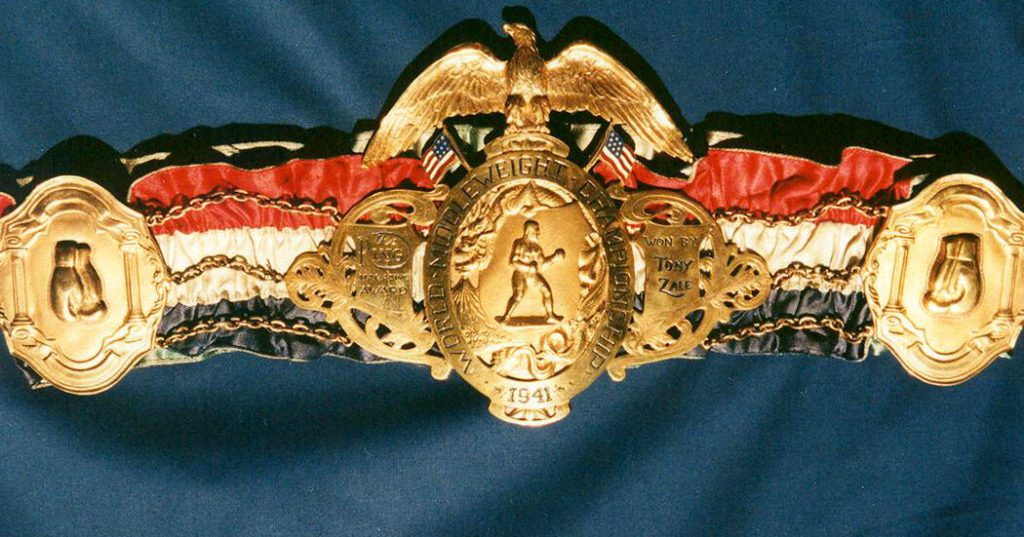For almost two decades, a crew of burglars targeted small museums in different states, stealing valuable artifacts such as sports memorabilia and artwork. These museums lacked elaborate security systems, making them easy targets for the thieves. The crew was known for stripping these museums of treasured items, including the 1903 Belmont Stakes trophy, middleweight Tony Zale’s championship belts, and Yogi Berra’s championship rings and World Series memorabilia. The crew’s actions were seen as a violation of trust and security by museum officials.
The burglars operated in a relatively unsophisticated manner, often using tools like axes and breaking into museums using disguises or scouting visits. They targeted various museums, conducting detailed planning to determine access and security measures. Co-conspirators played different roles, including getaway drivers and transporters of stolen materials. The crew showed little care for the objects they stole, sometimes destroying valuable items and melting down sports memorabilia for the raw metals.
The investigation into the burglaries took several years before federal charges were brought against the crew. Thomas Trotta, one of the accused, was caught during a traffic stop, where a DNA sample linked him to several museum thefts. Trotta later cooperated with authorities, providing information about the crimes and identifying other accomplices. The crew was involved in multiple break-ins and was accused of planning additional heists even after some members were arrested.
Despite the arrests and charges, most of the stolen items have not been recovered, leaving many museum officials and families of famous athletes hopeful that the artifacts may resurface one day. The thefts caused significant emotional distress to those affected, with museum officials feeling a deep sense of violation and loss. The crew’s actions were seen as not only criminal but also a disrespect to the heritage and history represented by the stolen items.
As the trial for the accused men approaches, museum officials and law enforcement agencies continue to search for the missing artifacts. The stolen items are valued at millions of dollars, with some pieces being one-of-a-kind and irreplaceable. The investigations into the burglaries have shed light on the vulnerability of small museums and the importance of enhancing security measures to protect valuable cultural and historical artifacts. The impact of these thefts goes beyond monetary loss, striking at the heart of the communities and individuals who cherished these stolen items.


